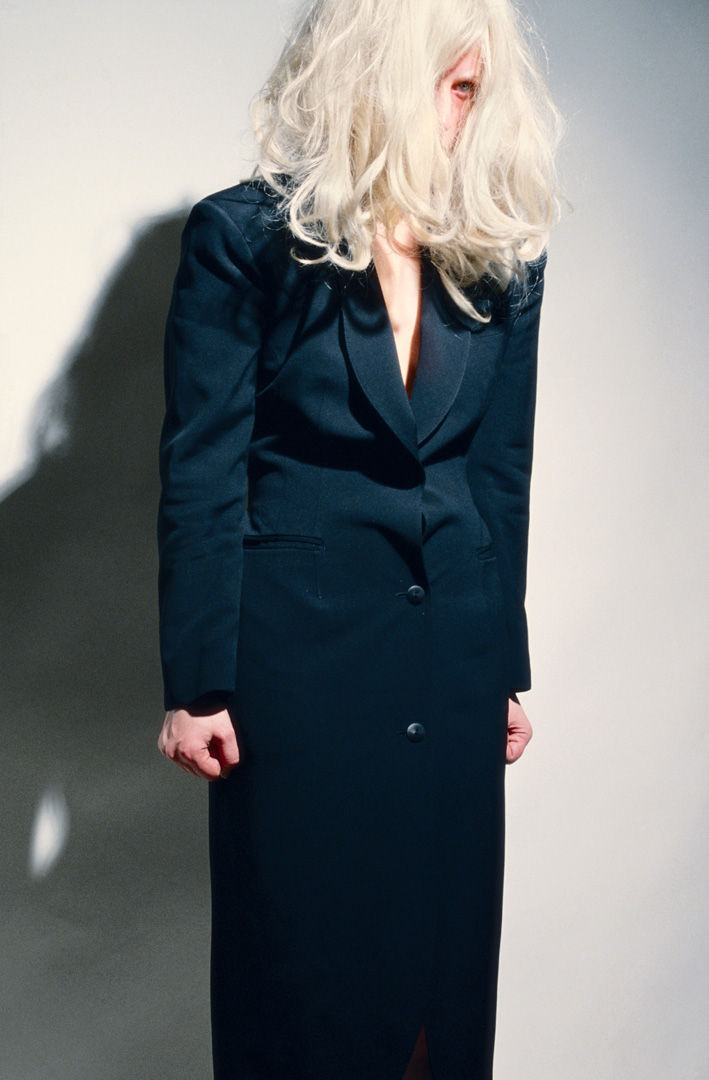Transcendental Phenomenology
- Dave Macey

- Mar 27, 2020
- 3 min read
I

have come across something that appears to be bit of a puzzle.
For a while now I have been looking into phenomenology, and currently I am focusing on transcendental phenomenology. This is because I am trying to understand the difference between phenomenological transcendence and the phenomenological epoche.
The epoche I can understand, it is that part of which intentionally ignores elements of our reality without being totally unaware and ignorant of them. It’s a bit like when you look at a cup on a shelf, you notice the cup and not the shelf, but you are aware of the shelf. This all ties in with the phenomenological intentionality of where we notice certain items that are currently within our world. But for the intentionality to work it needs a contrast because if everything is noticed and given the same priority, then reality would be overwhelming.
But with the transcendent part of phenomenology it becomes a bit confusing. If it is a case of looking past the initial reaction to the physical world, such as looking at a book and instead of seeing just the physical object of the book but also realising the content of the book, be it a text book or a novel, then this could be transcending our initial reaction. But this relies more on memory and indexicality, two different elements of phenomenology, and just leads to a deeper understanding of the item and not a transcendence of the item.
One explanation I have come across is that transcendence is the building up of a web of knowledge to make a mental construct of some thing. On sciencedirect.com ( https://www.sciencedirect.com/topics/psychology/transcendental-phenomenology ) they argue that “ Transcendence refers to the realization that we can never see a thing from all sides or perspectives at once, so the full essence of a thing can only be appropriated in transcendental or pure consciousness – in some sense abstracted from the perception of the experiential world”. By being able to build a mental construct of the item then give it transcendence because the idea and concept of the item is not of the physical world, this has moved beyond physicality and is now purely mental.
However, this concept doesn’t hold when it is applied to thoughts and emotions. This is because how can a non physical object such as thoughts and emotions transcend their physicality? If this definition is just applied to the physical world, then it is at the expense of limiting phenomenology itself because it cannot be only applied to just the physical world.
Another explanation of transcendental phenomenology can be found in Phenomenology: the basics by Dan Zahavi. Here we are given the tantalising suggestion of “This is why Husserl talks of empathy as that which permits us to encounter true transcendence and writes that our consciousness in empathy transcends itself and is confronted with otherness of a completely new kind.” (P93). Now this makes more sense because to connect with another person we need to move beyond our own sense of self, something that is inherent within consciousness and phenomenology.
This looks at transcendence with a very different perspective. Empathy is the emotion, and emotions are not feelings, that allows someone to connect with another person on an emotional level. It is through empathy that we recognise the “other” person, with the notion of “the other” being used from a post structuralist perspective. It is by transcending our own sense of self that we are able to realise other selves and this makes them relatable.
Now this connects with self portraiture because it is possible to look at a photographic self portrait and relate to the person in the picture. With the photograph of Cindy Sherman at the top of this posting, it is possible to get a sense of her frustration, her rage, her anger and then empathise with it. By doing this we are transcending our own selves and connecting with her and it is exploiting the tools that we have used to build societies and cultures.



Comments